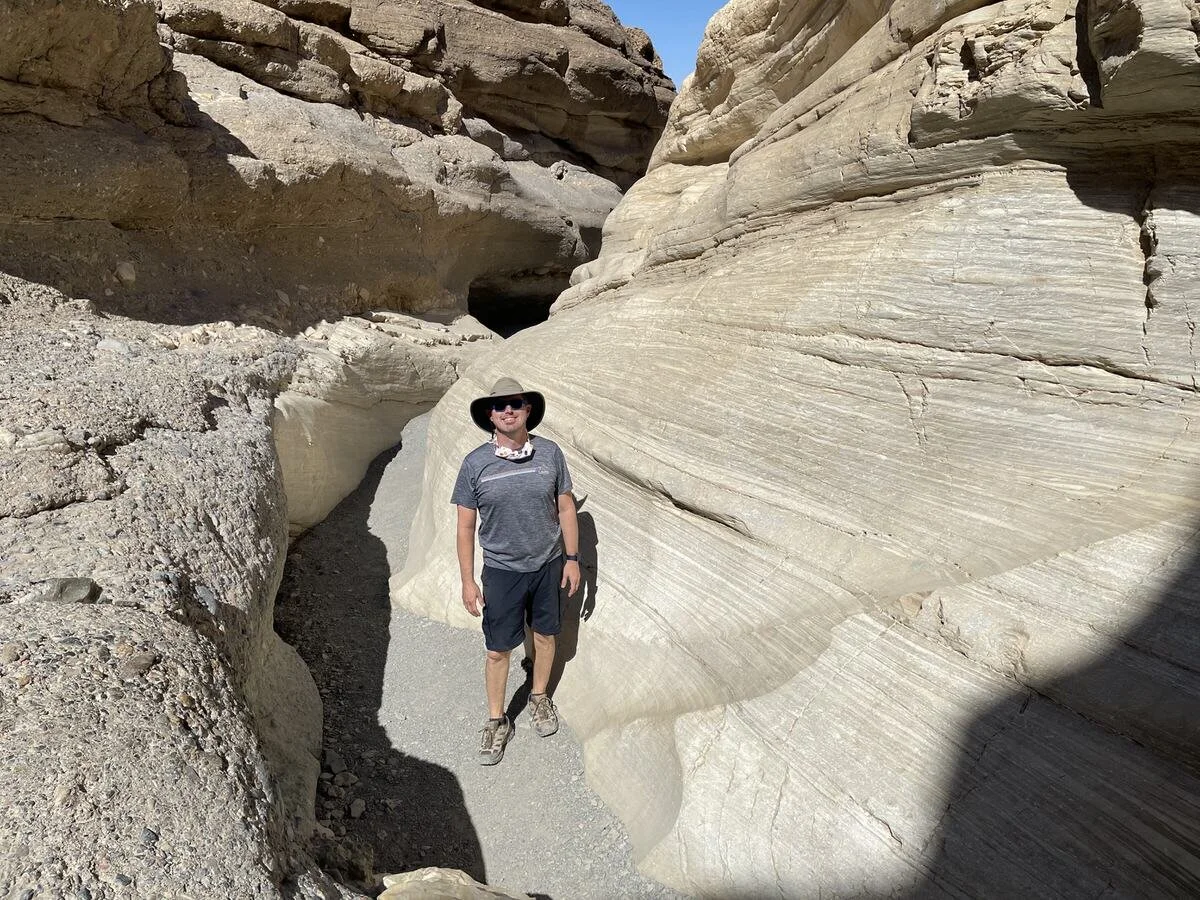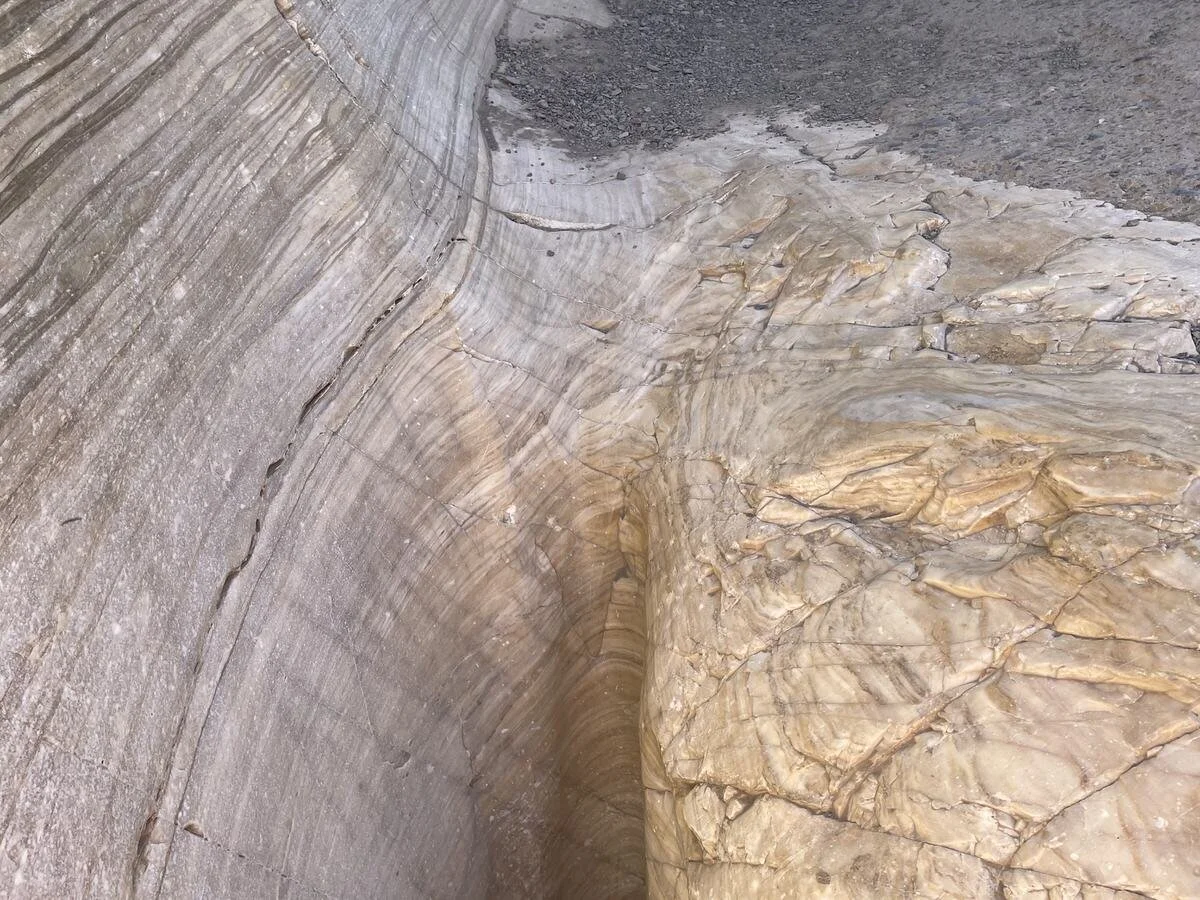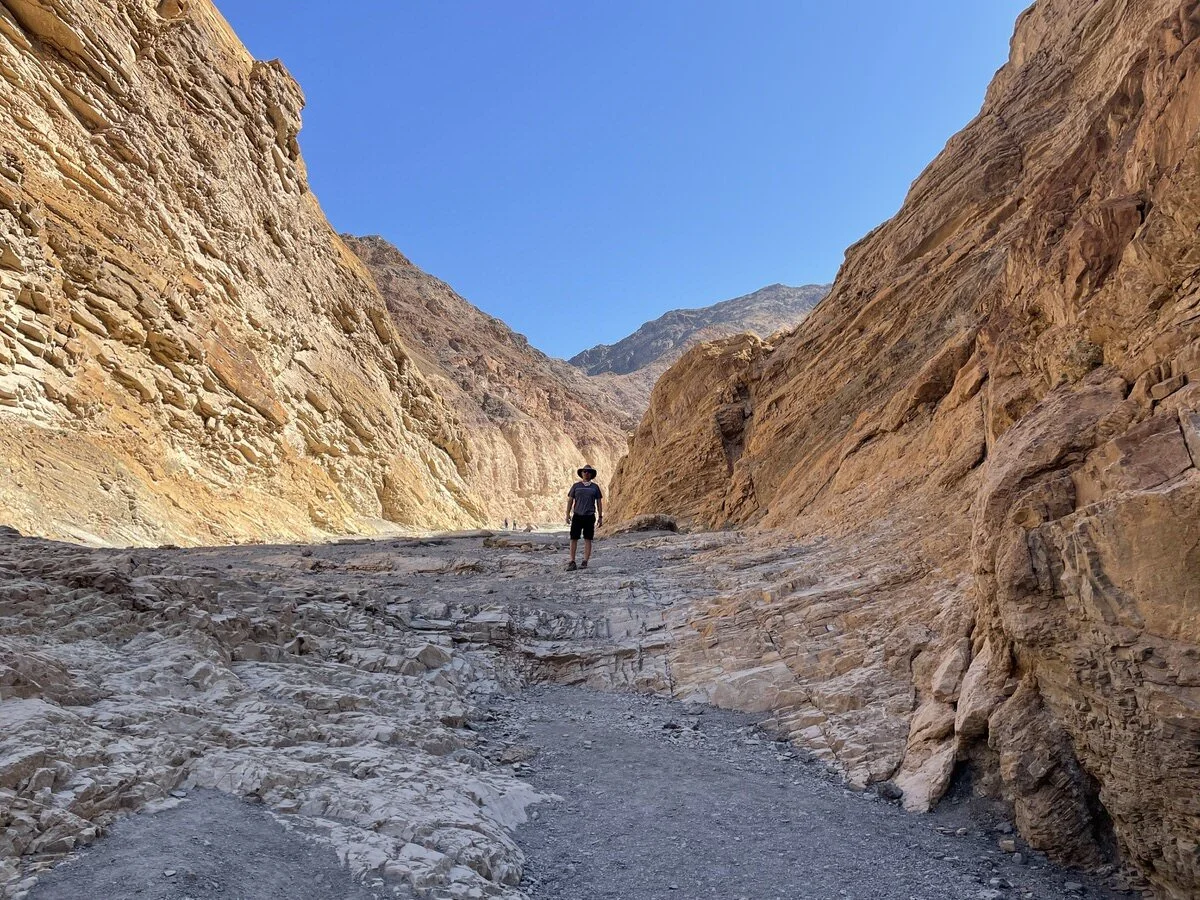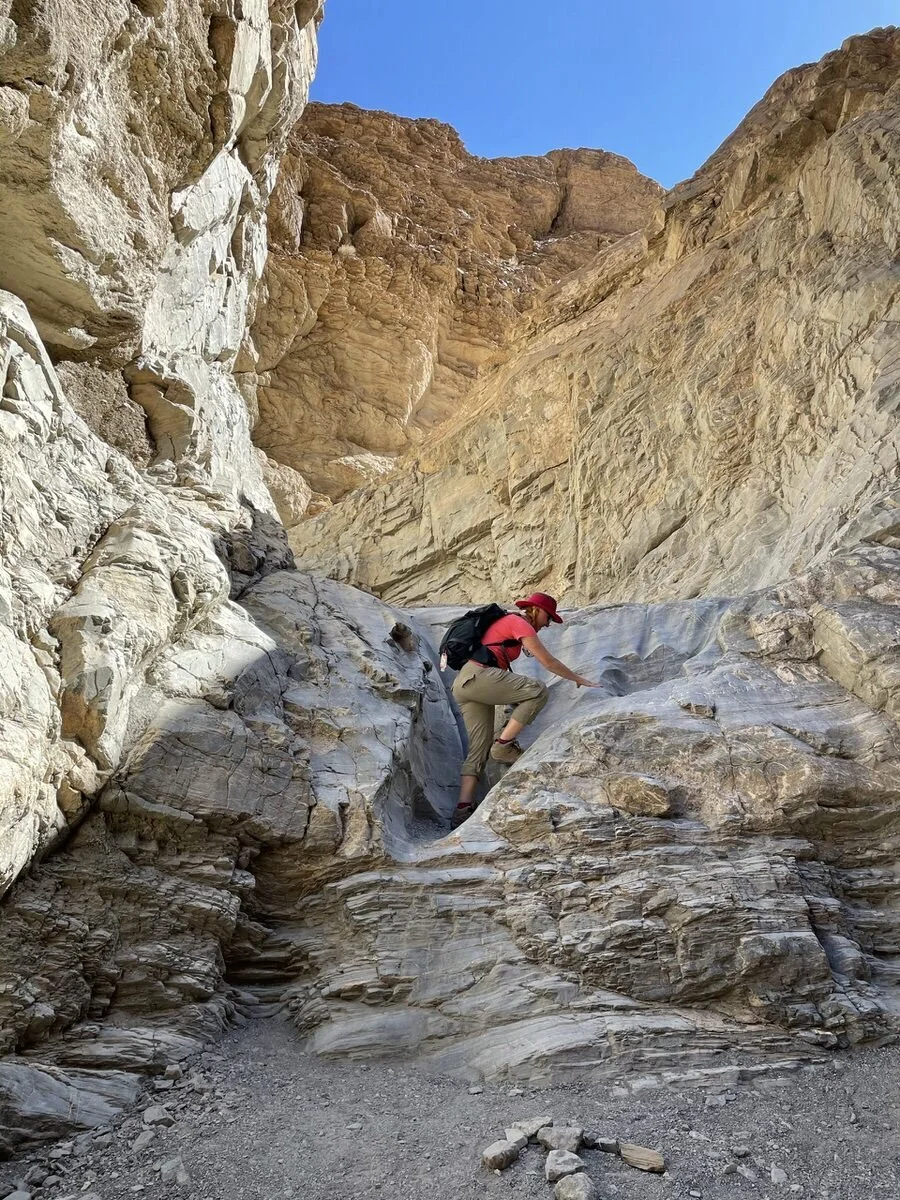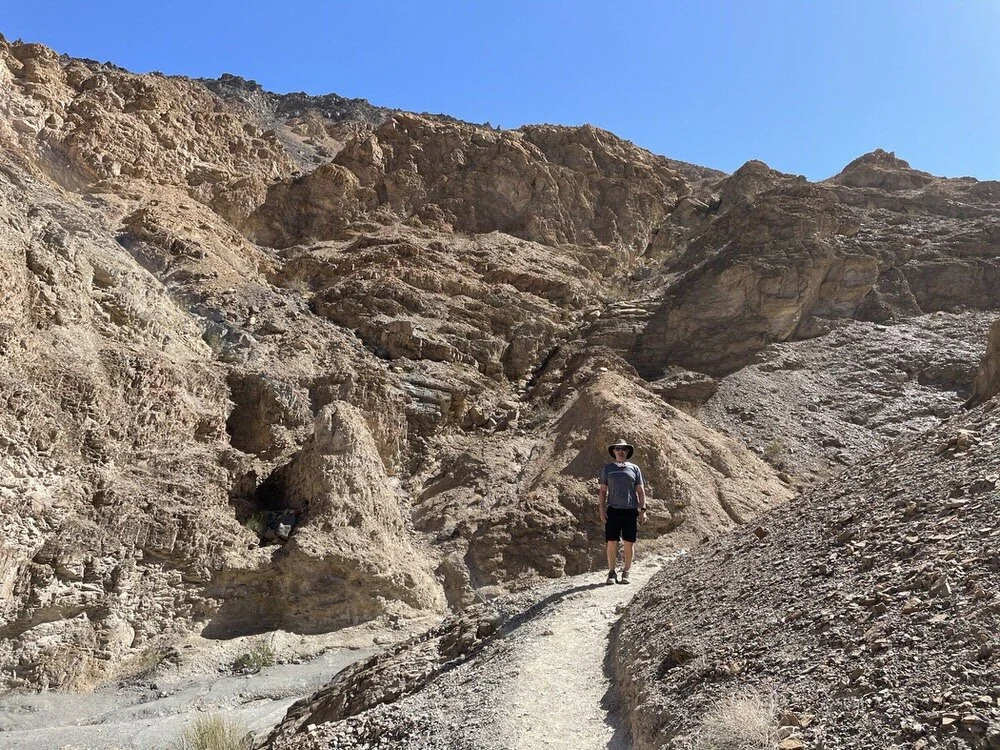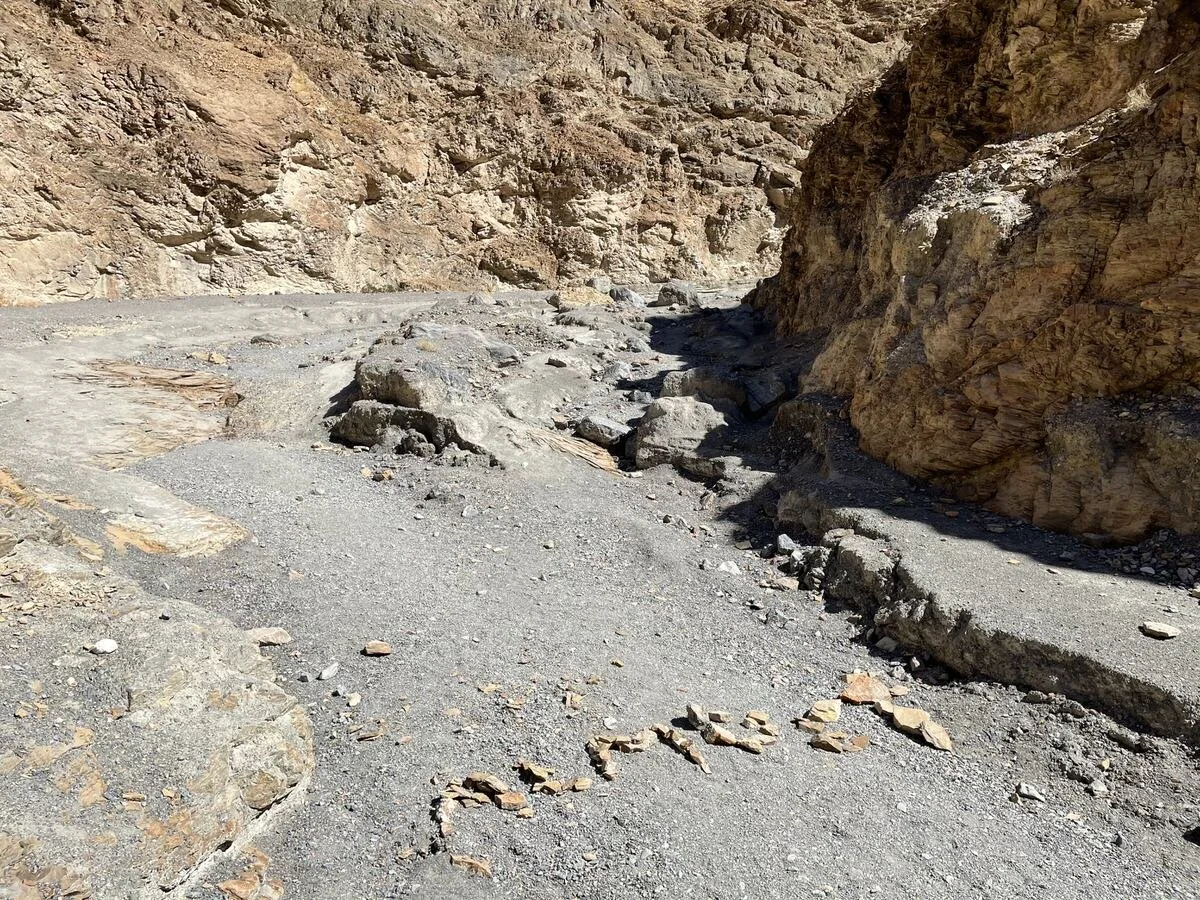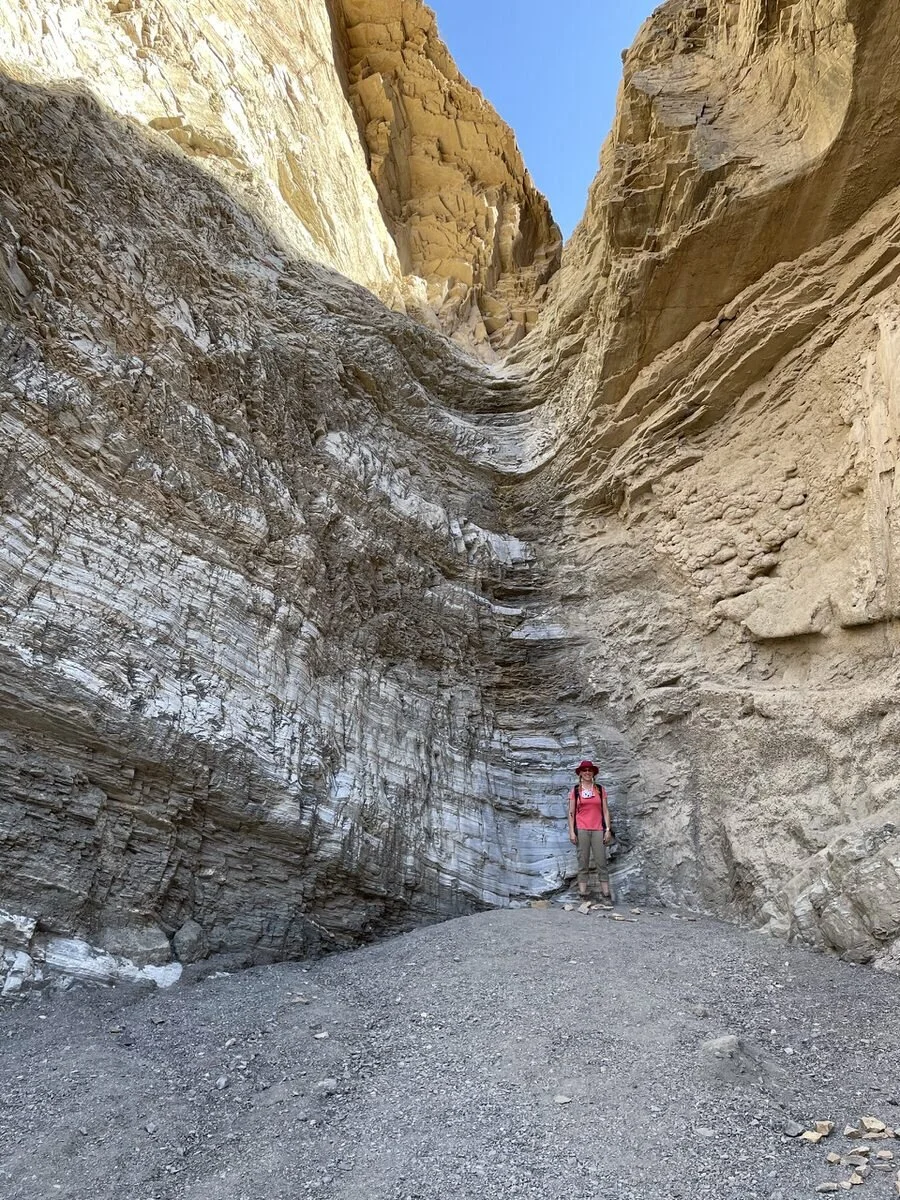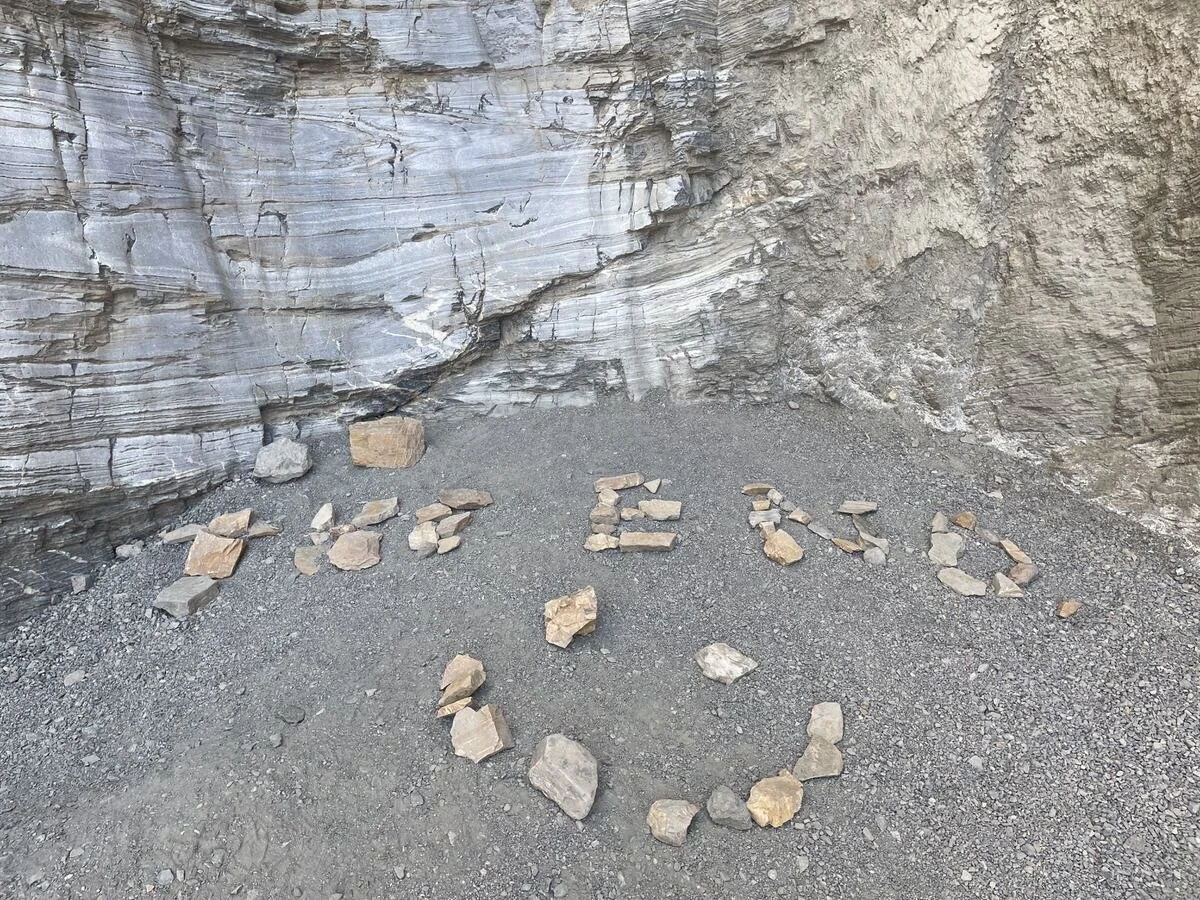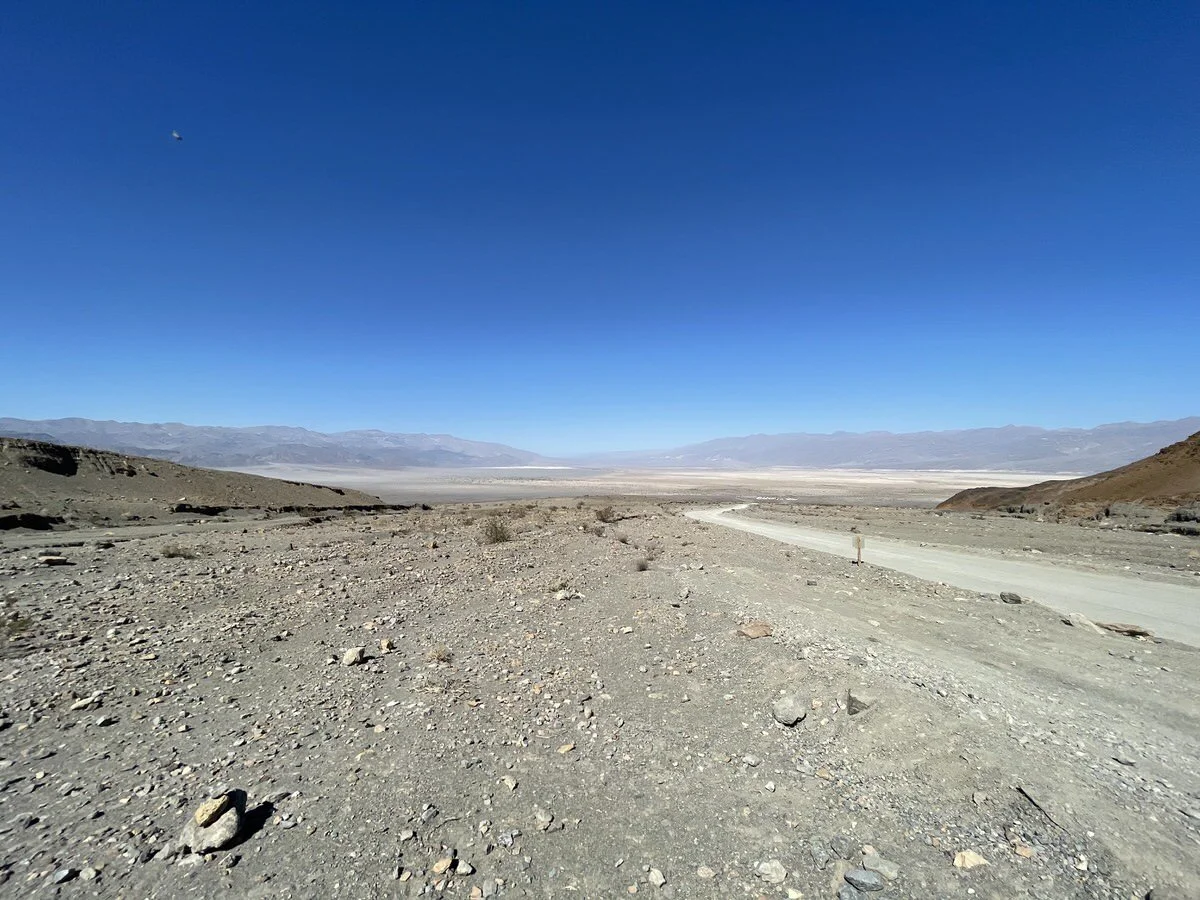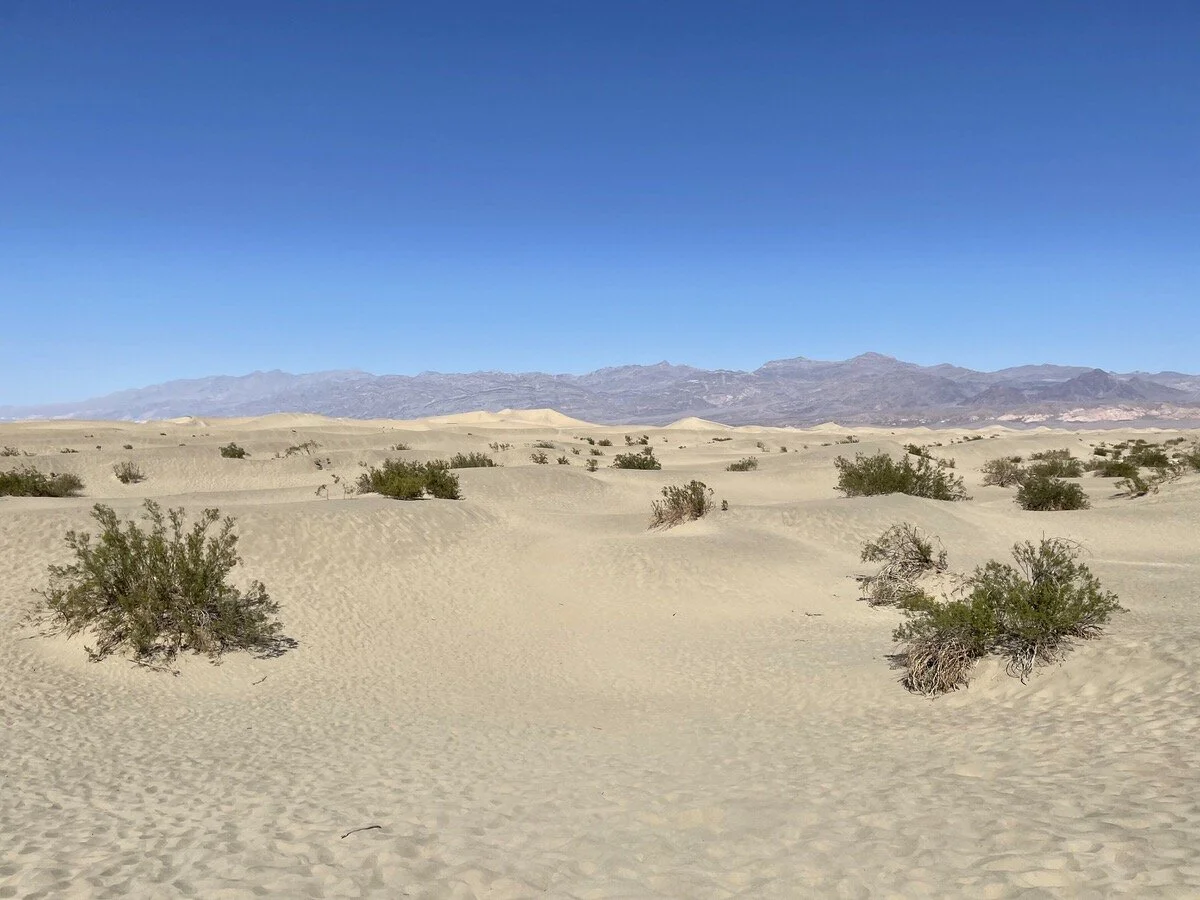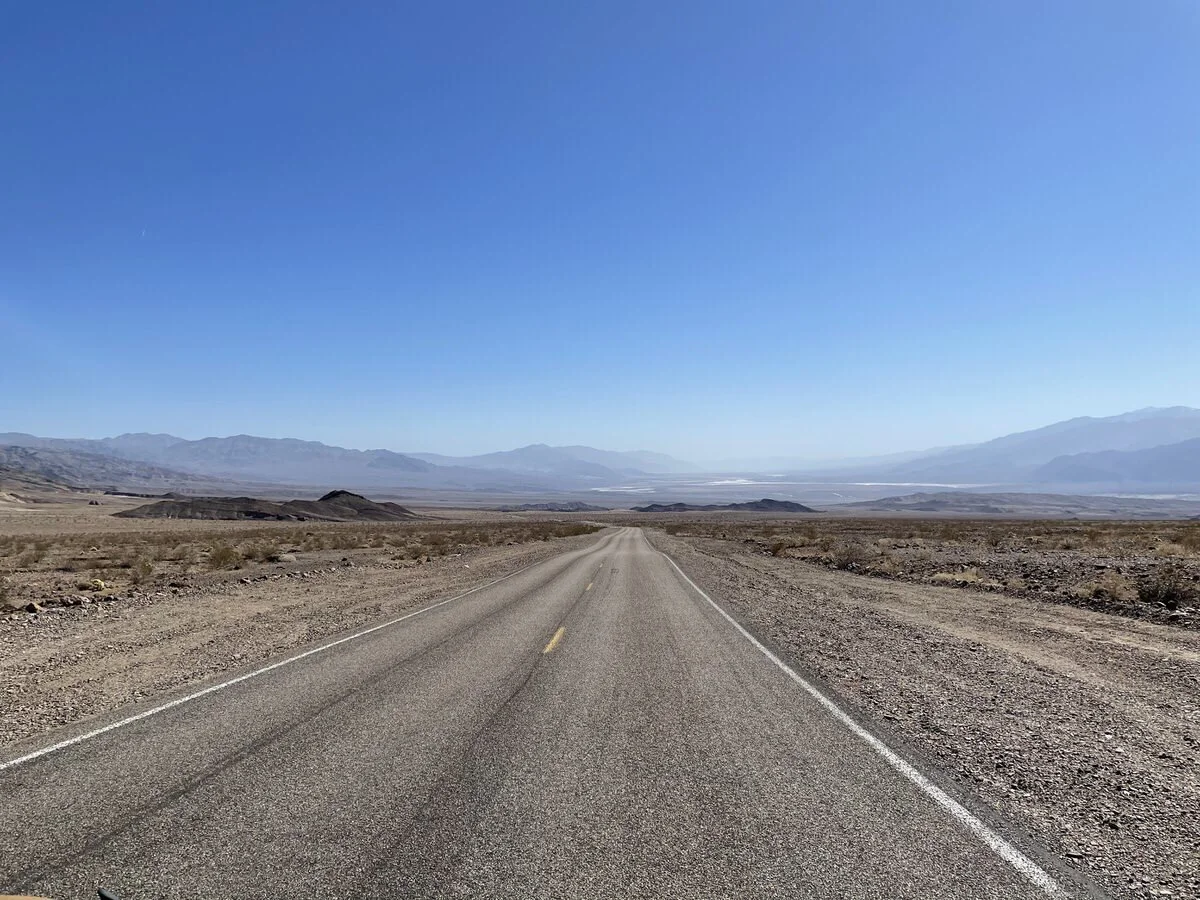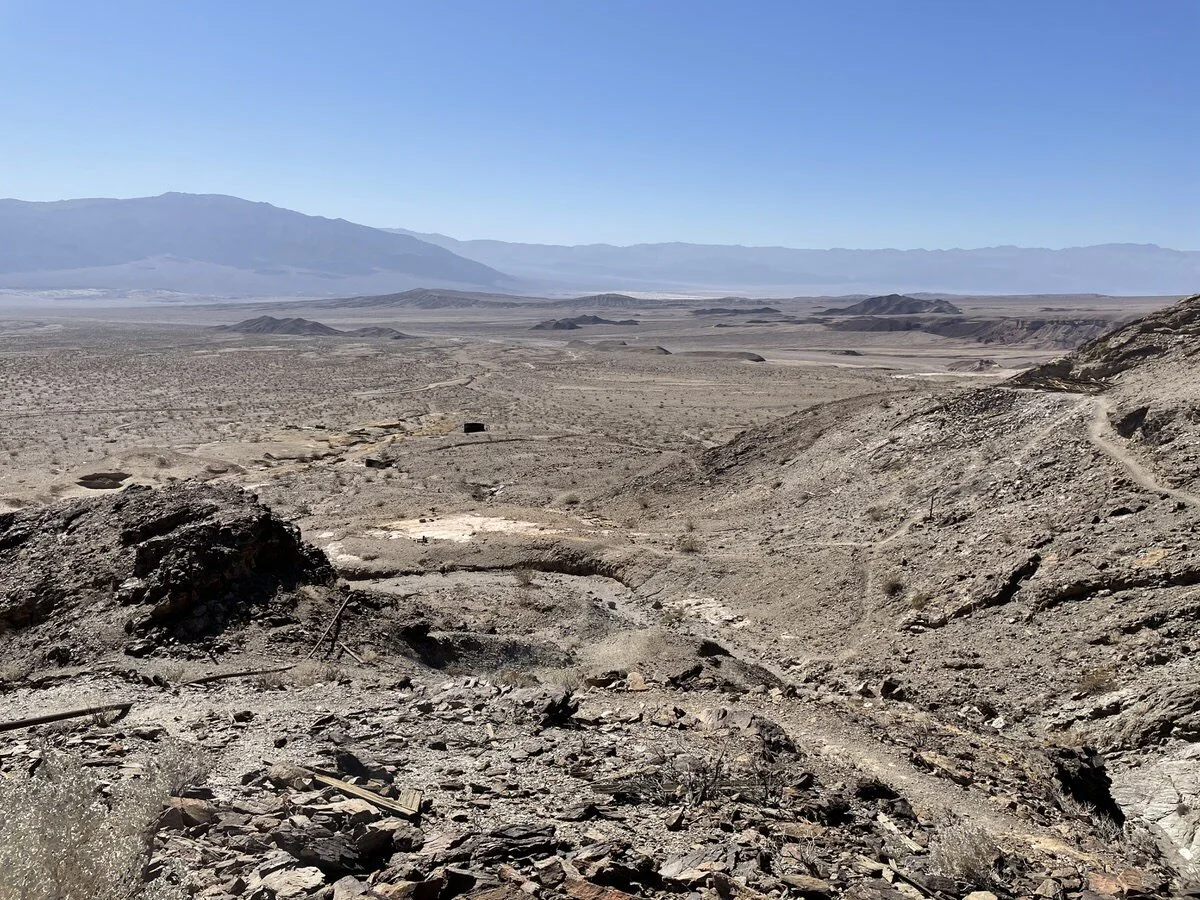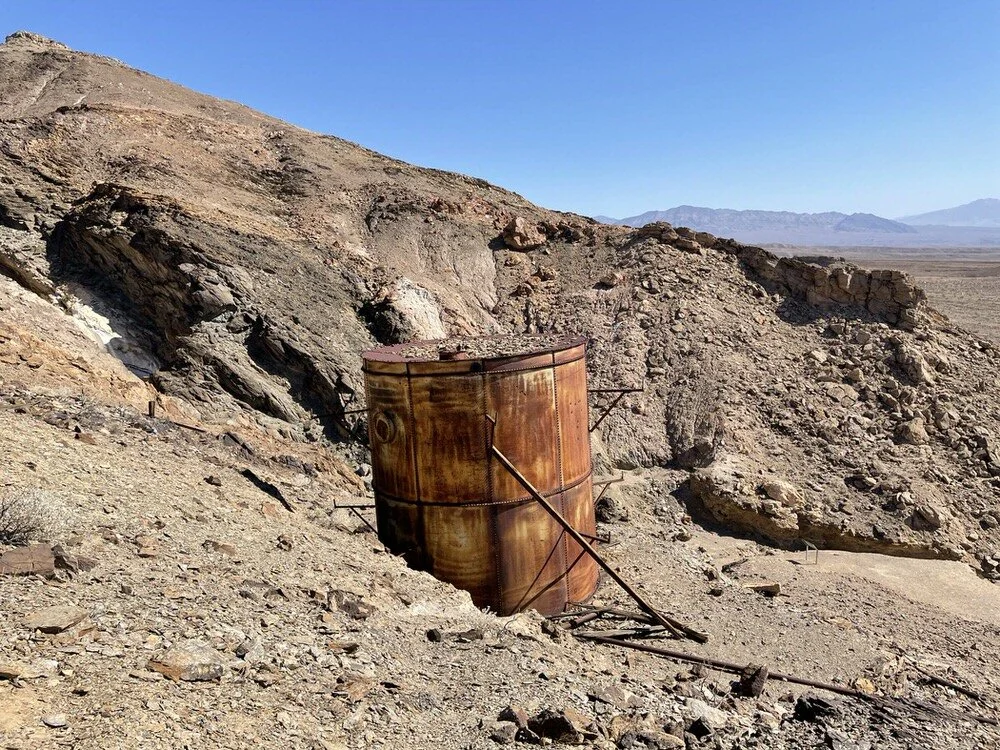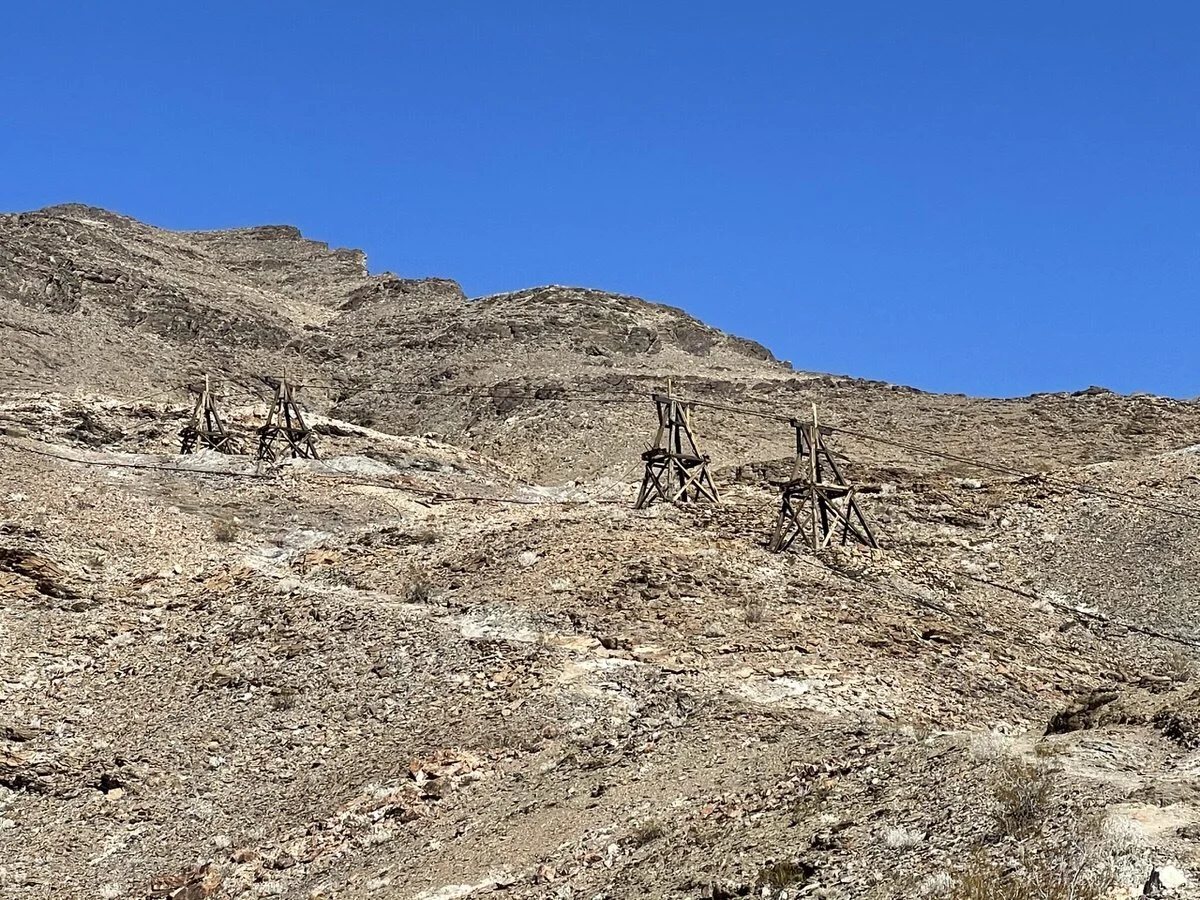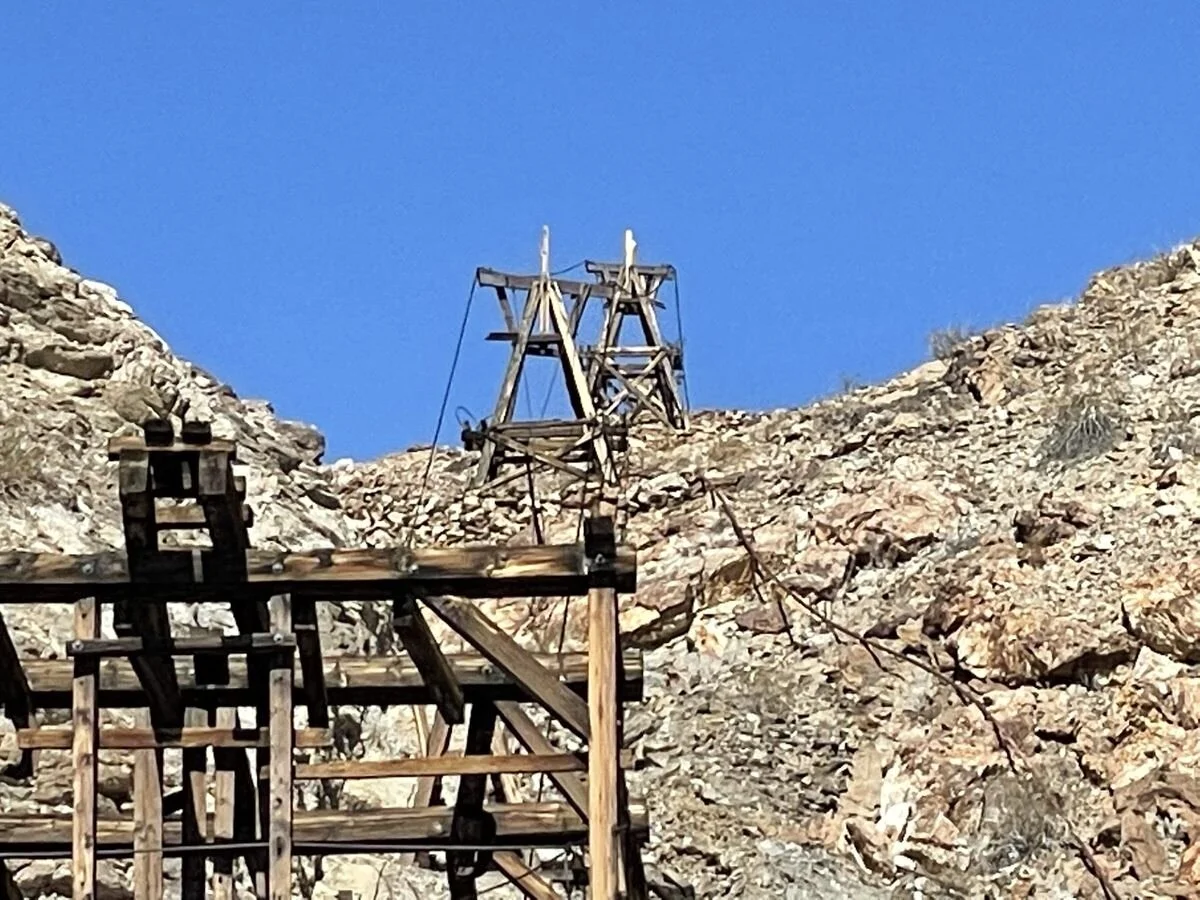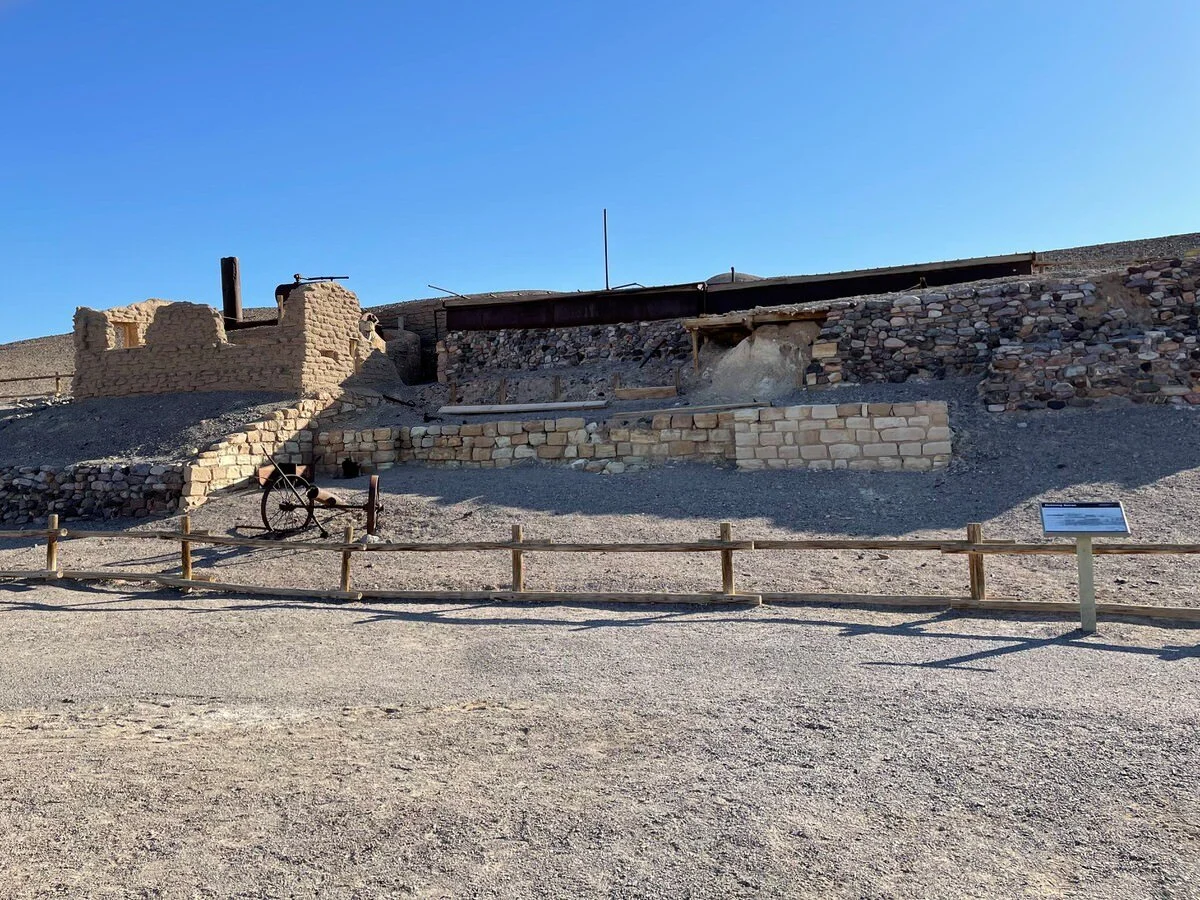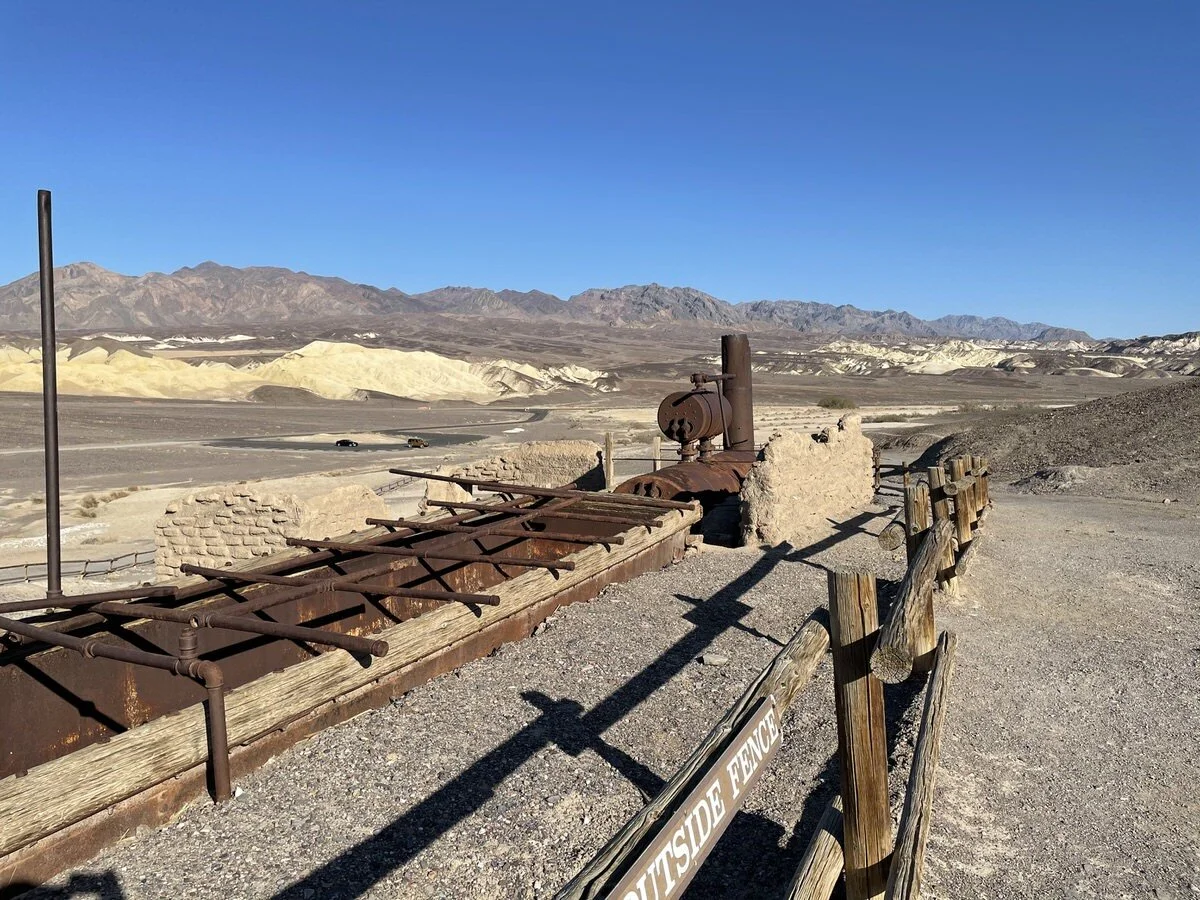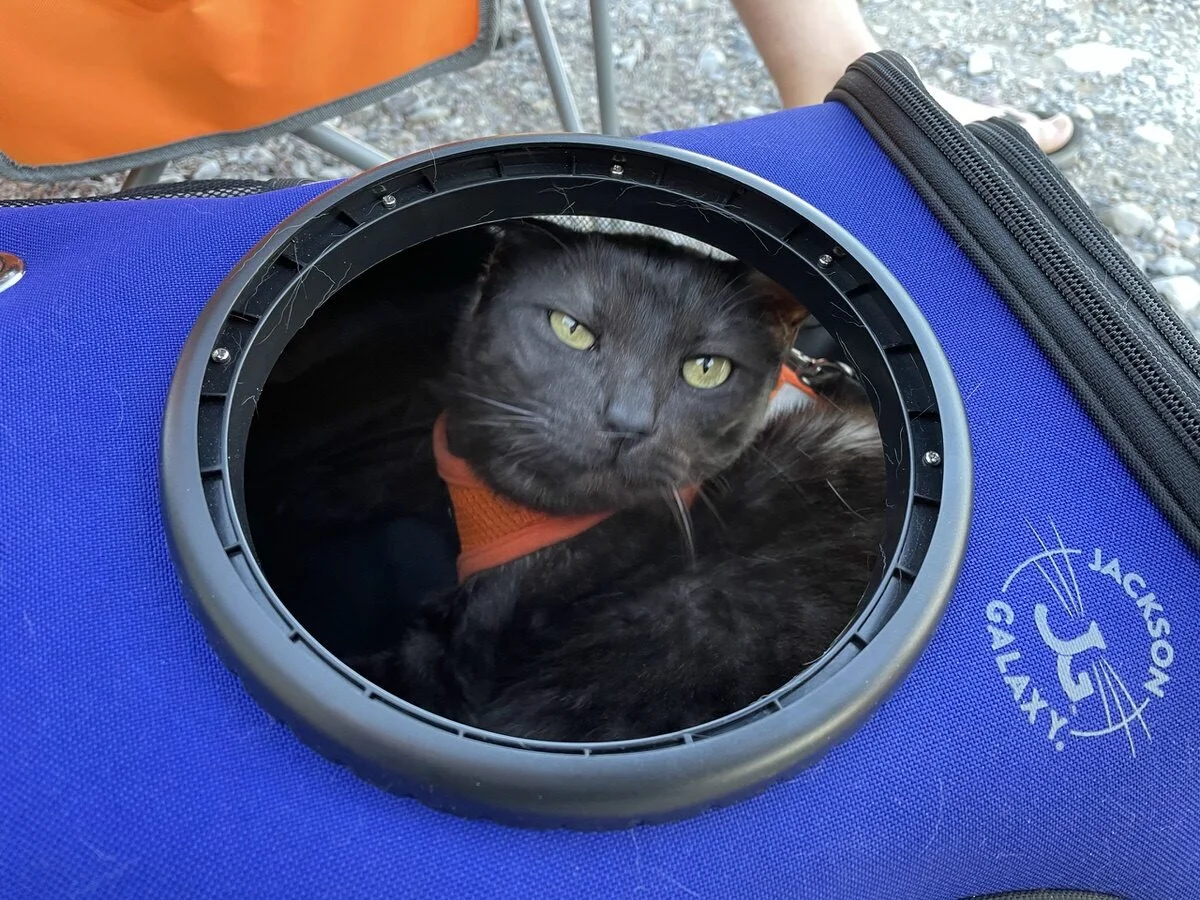Rare Pupfish & Old Keane Wonder Mine | Death Valley Part 2
Day three at Death Valley and we decided to head North towards Stovepipe Wells Village. This area is 30 minutes from Sunset Campground in Furnace Creek and a little more central in Death Valley National Park.
The day’s adventure included the Mosaic Canyon hike with some rock scrambling, viewing the Mesquite Flat Dunes, checking out what is left of the old Keane Wonder Mill and Mine, a short walk along the Salt Creek Interpretative Trail, which was my favorite part of the day as we got to see pupfish swimming in the creek, and finishing the day learning about the "White Gold of the Desert," borax.
Death Valley National Park. Pin this for later!
Mosaic Canyon
We started out our morning with a 4-mile out-and-back hike through Mosaic Canyon. You had to take an unpaved road to get to the trailhead but the road condition was fine for any car. This canyon is known for its polished marble rocks. Check it out in our pictures below. The Visitor Guide states this trail has an elevation gain of 1,200-feet but my watch only clocked 1,000-feet.
Some sections required rock scrambling on very slick rocks. As I climbed up these rocks I was really worried about climbing back down because going down is always harder for me. Luckily these rocks were so slick and smooth we could slide down on our butts. It ended up working surprisingly well! This hike was more technical than I expected, but this was our first time rock scrambling to this degree. I would consider it a Moderate + or Double Blue. I feel like hiking trails need more granular designations between Moderate and Difficult as not all moderate hikes are created equal.
The highlight of the trail was the funny messages someone had left using rocks along the trail and at the end.
Mesquite Flat Sand Dunes
Next up on our adventure was Mesquite Flat Dunes. These dunes rise nearly 100-feet from Mesquite Flat. The recommendation is to hike these dunes during sunrise, sunset, or a full moon. This is a 2-mile loop with a 185 ft elevation gain, and my plan was to hike this loop. We started out on our hike, I got a few photos at the first dune, and not even five minutes into the walk, Penguin said “Okay, I have seen the dunes I am good.” I died laughing! I guess we aren’t doing this hike after all.
Looking for Things To Do in Death Valley? One day check out these 5 sites highlighted in green.
Keane Wonder Mill and Mine
The Keane Wonder Mill wasn’t originally on our list of things to do for the day but since we had extra time in our afternoon after not hiking the dunes we decided to go for a drive.
We left Mesquite Flat Sand Dunes and headed East on CA-190. We turned left onto Scotty’s Castle Road (which unfortunately is still closed due to flood damage and not expected to re-open until maybe 2022). We took a quick right on Daylight Pass Road headed towards Hells Gate. There was even a restroom all the way out here. I really appreciate all the restrooms spread throughout Death Valley!
The sky was a beautiful bright blue this direction towards Nevada in sharp contrast to the dusty blue in Death Valley. We made a right onto Beatty Cutoff and then a left out to Keane Wonder Mill and Mine. The dirt road to the mine is narrow at some points but there are pullouts so you can pull over to let oncoming cars pass.
This mine was discovered in 1904 and produced over a million dollars in gold from 1904 to 1917! That is a lot of money, especially back then. It was sold in 1907 and the new owners added a 20-stamp processing mill, housing, an ice plant, and mile-long aerial tramway. These additions made it so the ore could be moved down the mountain by tram. This allowed them to tunnel horizontally into the mountain instead of sinking shafts which allowed the mine to operate with a good profit margin.
At first, I was surprised by how much of the site was left around as debris but after a while, I realized this debris was a historical time capsule and it was a good thing it was still there so we can learn about it.
Salt Creek Interpretive Trail
My favorite activity for the day was the Salt Creek Interpretive Trail. This was a short 0.50-mile walk on a wooden boardwalk through the salt marsh. This trail is a must-see to check out the rare pupfish. This species of fish, known as the Death Valley Pupfish, only exists in Death Valley, and they only exist in two locations within Death Valley.
Pupfish swimming on Salt Creek Interpretive Trail at Death Valley National Park
The trail is open year-round, but water only flows from November through May. I was shocked to hear that water typically flows for that many months. The pupfish can usually be seen in Spring and we got lucky (early March) to see so many of them! Another reason why March is a great time to visit Death Valley.
The pupfish were little (1.5 inches) and very fast. Check out our video to see these fascinating little pupfish in action. They are called pupfish because they play together like puppies and wag their tails.
Interpretative signs along the boardwalk explain the pupfish's life, along with other animals and plants that survive in this desert environment. Pupfish are unique in the fact that they can survive in very hot and very salty water.
Harmony Borax Works Interpretive Trail
20-Mule Team wagons
The last stop for the day was to check out Harmony Borax Works. This paved short (0.4 miles) loop takes you around the old borax mining site. Borax was known as the "White Gold of the Desert," and it was Death Valley's most profitable mineral.
Harmony Borax Works was one of Death Valley's first borax operations, operating from 1883-1888. Borax is a salt mineral that has tons of uses and according to one of the interpretive signs on the trail, it was used by blacksmiths, potters, dairy farmers, housewives, meat packers, and even morticians.
This was the site where the 20-Mule Team wagons began their 165-mile journey South to the Mojave Railroad Depot to bring the borax to market. These mule teams pulled loads weighing up to 36 tons!!! This included 1,200 gallons of drinking water.
The rear wheels of the wagon were 7 feet high as you tell from the picture above. The wagon with the 20 mules attached was over 100 feet long.
Conclusion
When visiting Death Valley you definitely need to check out the Salt Creek Interpretive Trail. Visit during the Spring so you can see the pupfish swimming in the creek. Early March was a great time to see tons of these fascinating, rare, little swimmers that survive in such a unique desert environment. Our recommended day trip from Sunset Campground in Furnace Creek includes this sequence of stops: Salt Creek Interpretive Trail, Mosaic Canyon, Mesquite Flat Sand Dunes, Keane Wonder Mill, and the Harmony Borax Works Interpretive Trail.
Interested in other things to do in Death Valley National Park check out our Death Valley Part 1 | Lowest Point in North America and Dante’s Ridge Hiking at 5,475 feet | Death Valley Part 3 articles. Planning a trip to California? Take a look at our California articles. Where are we going next? Don’t miss an adventure, subscribe today.



